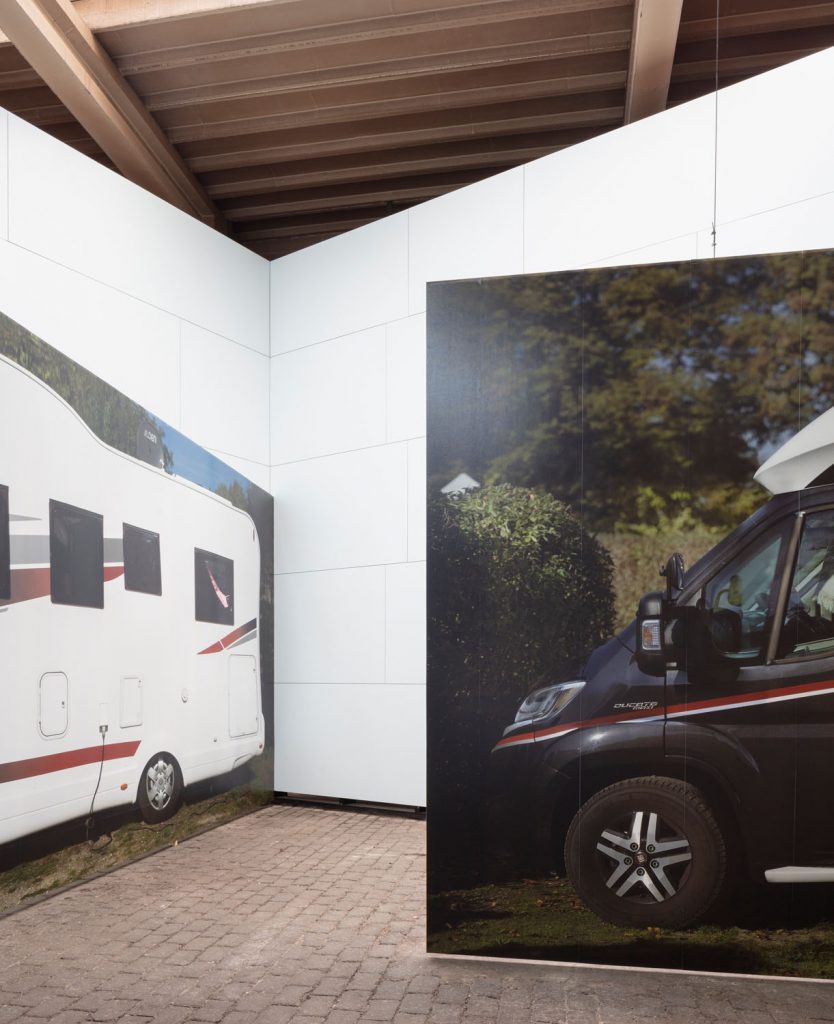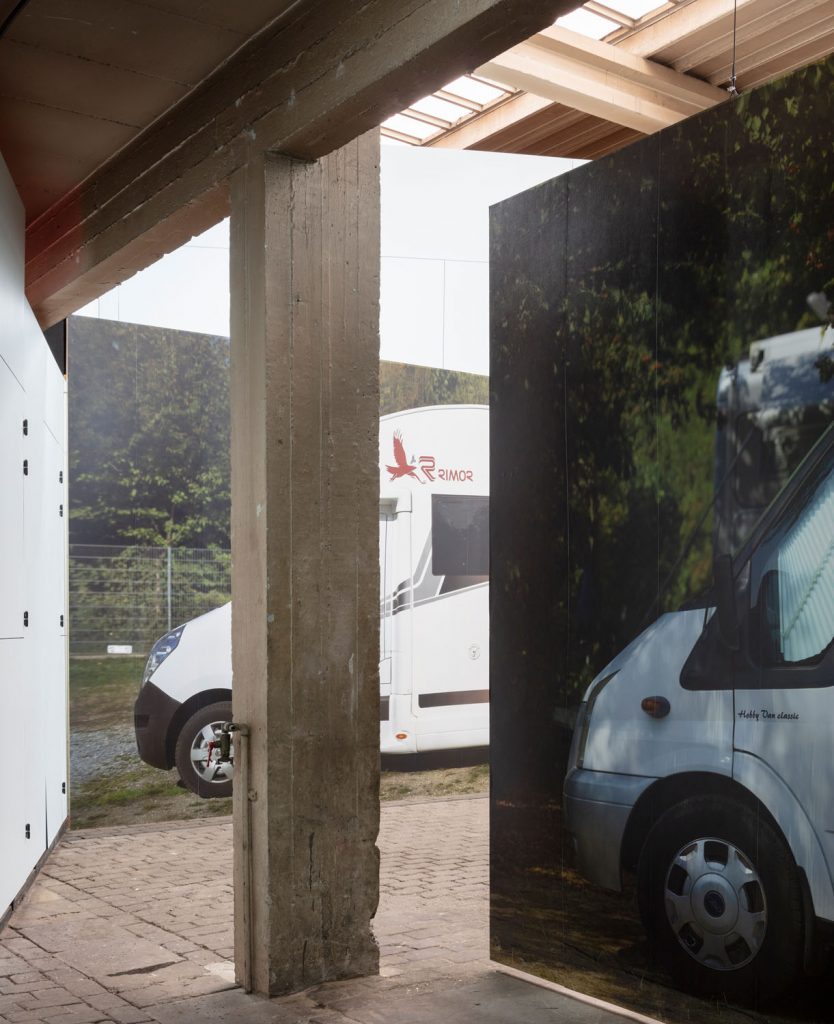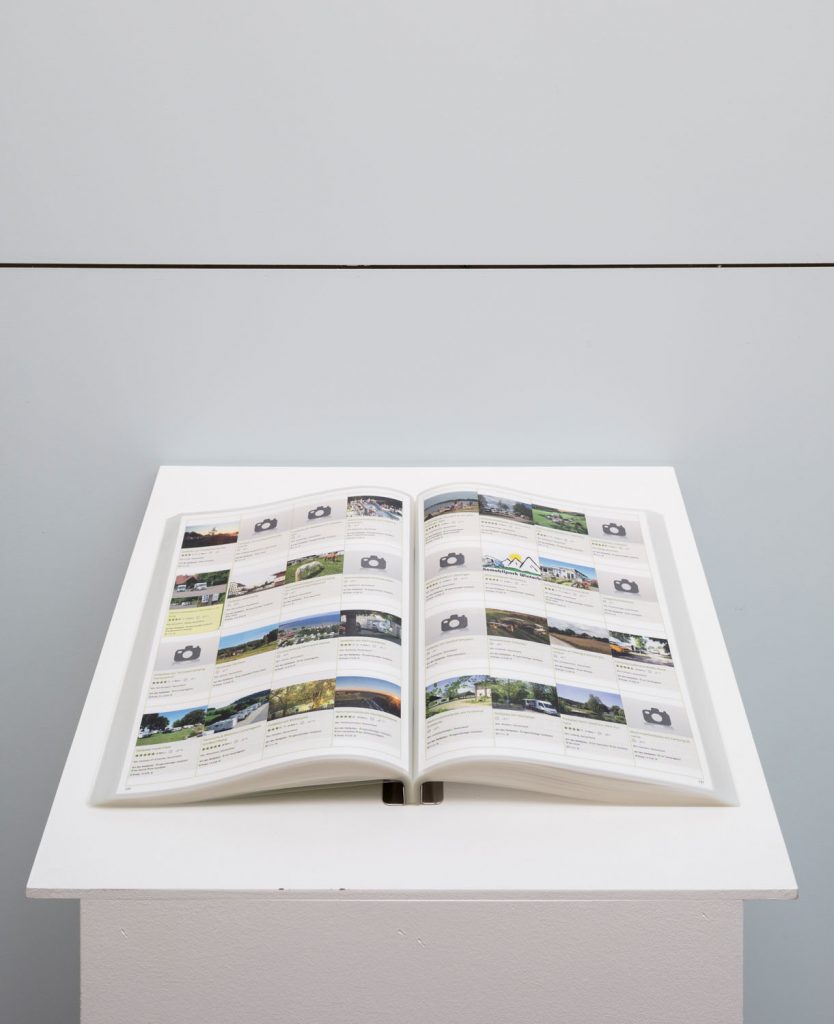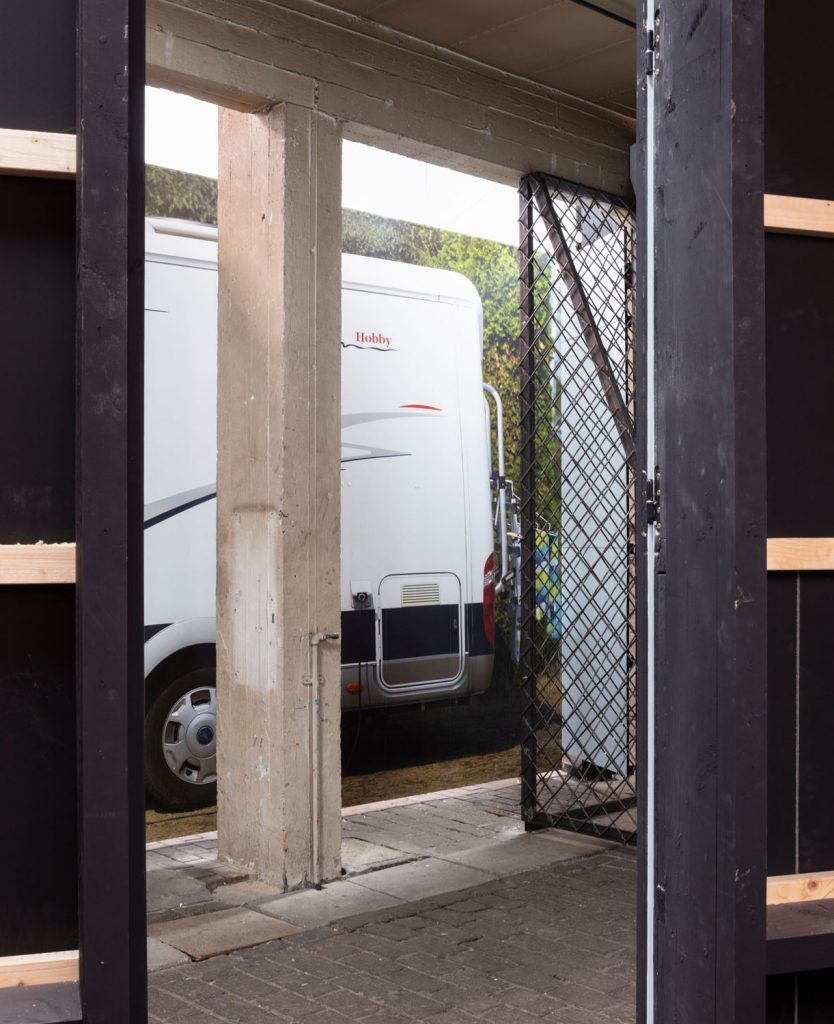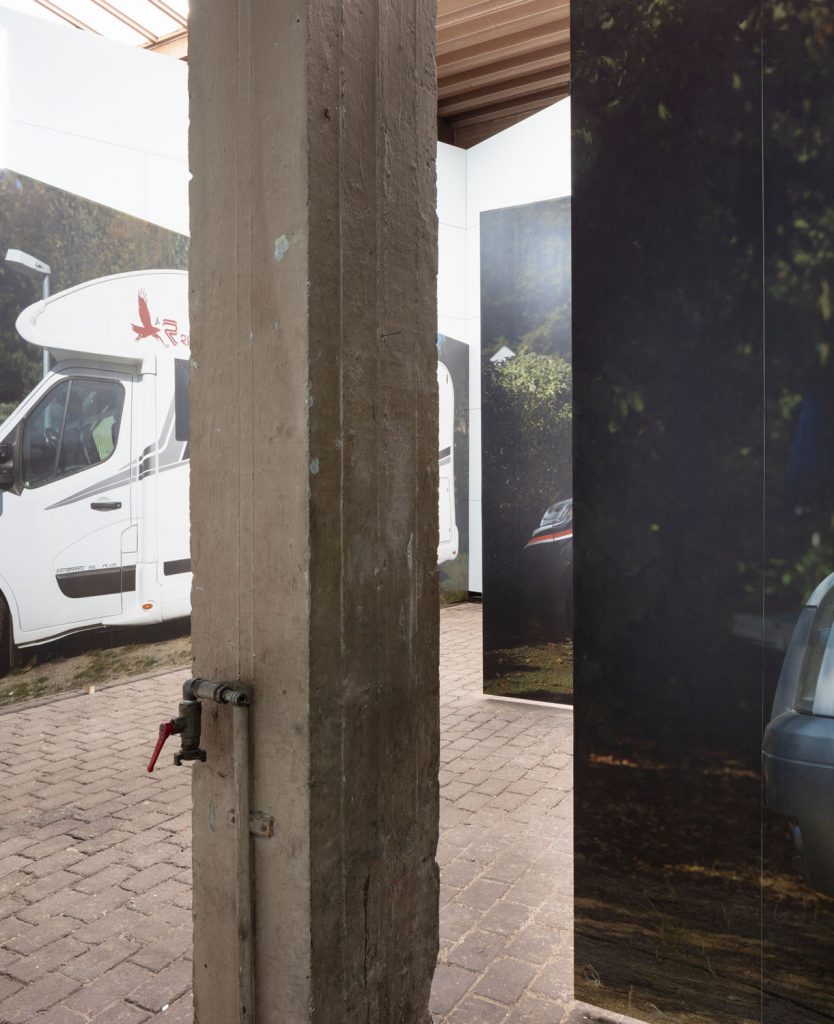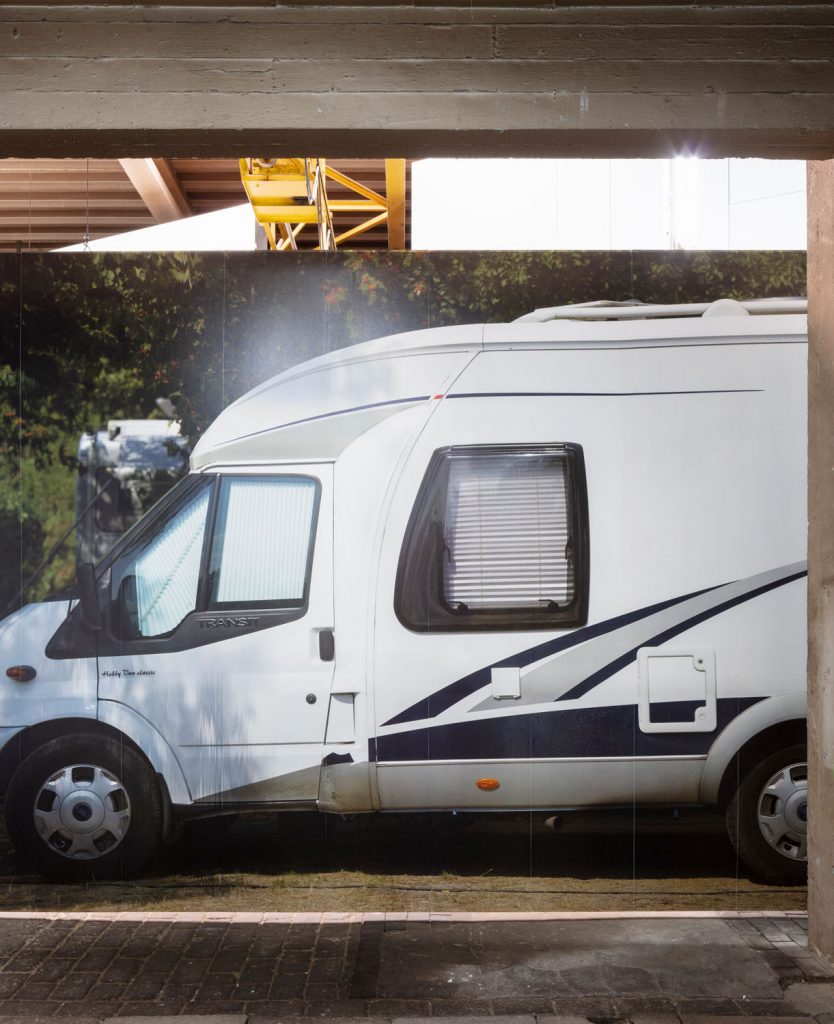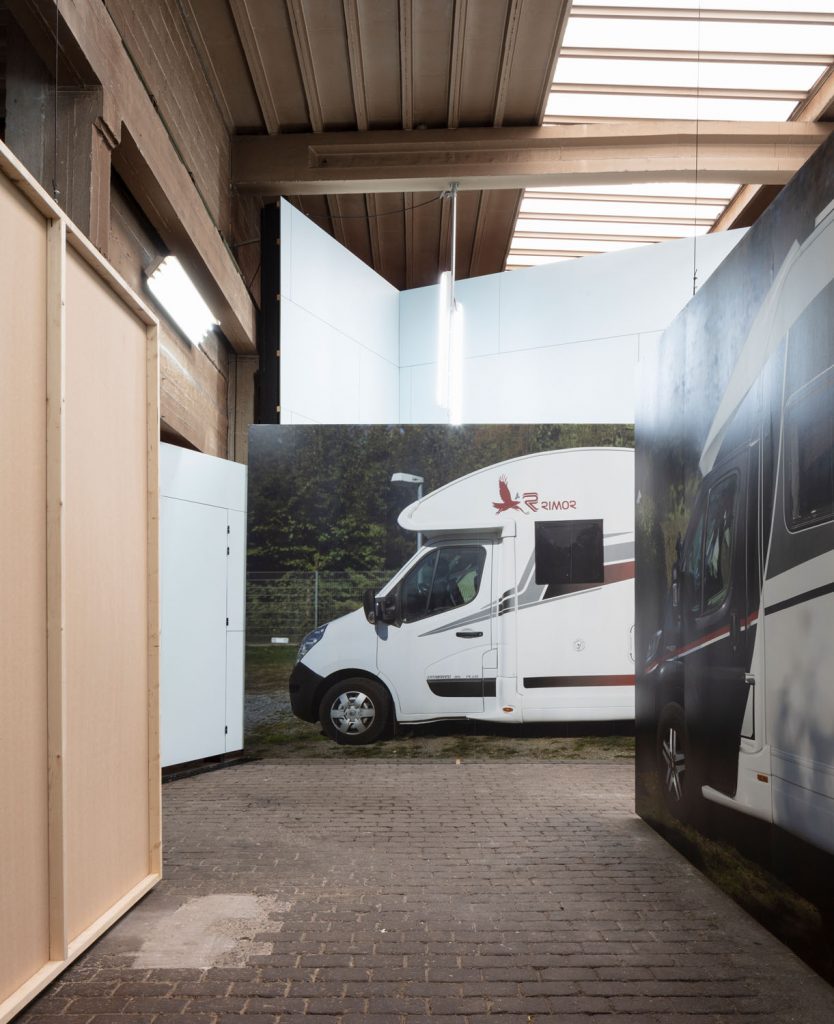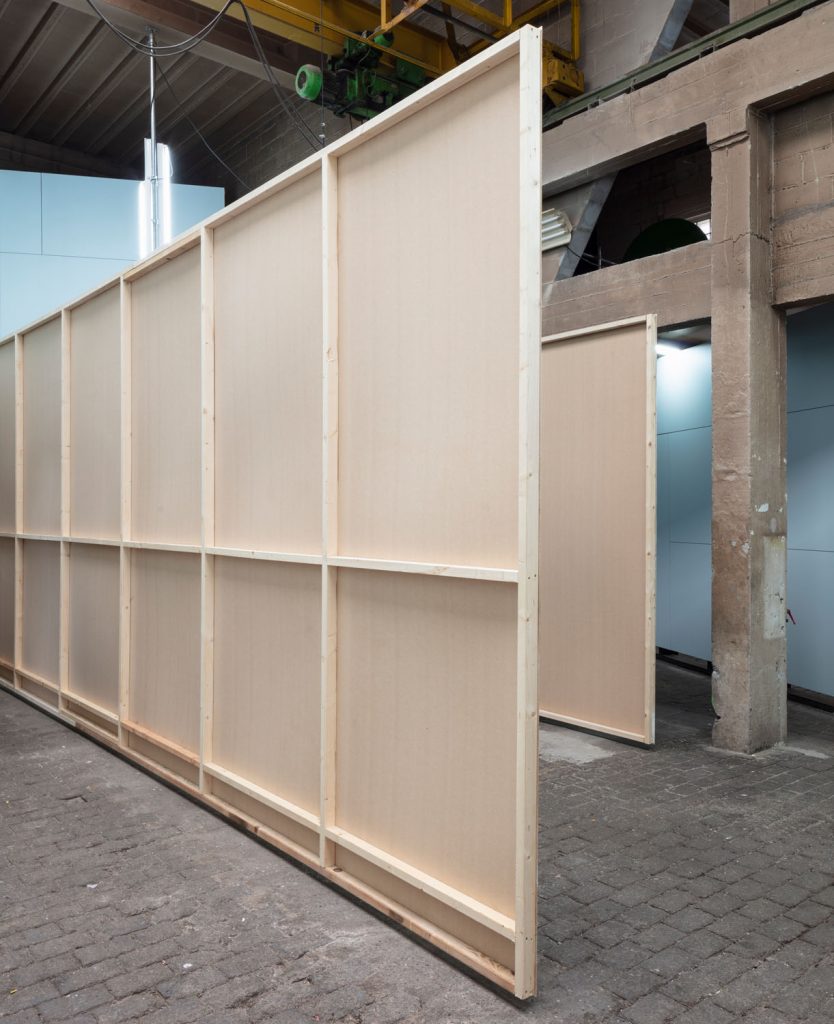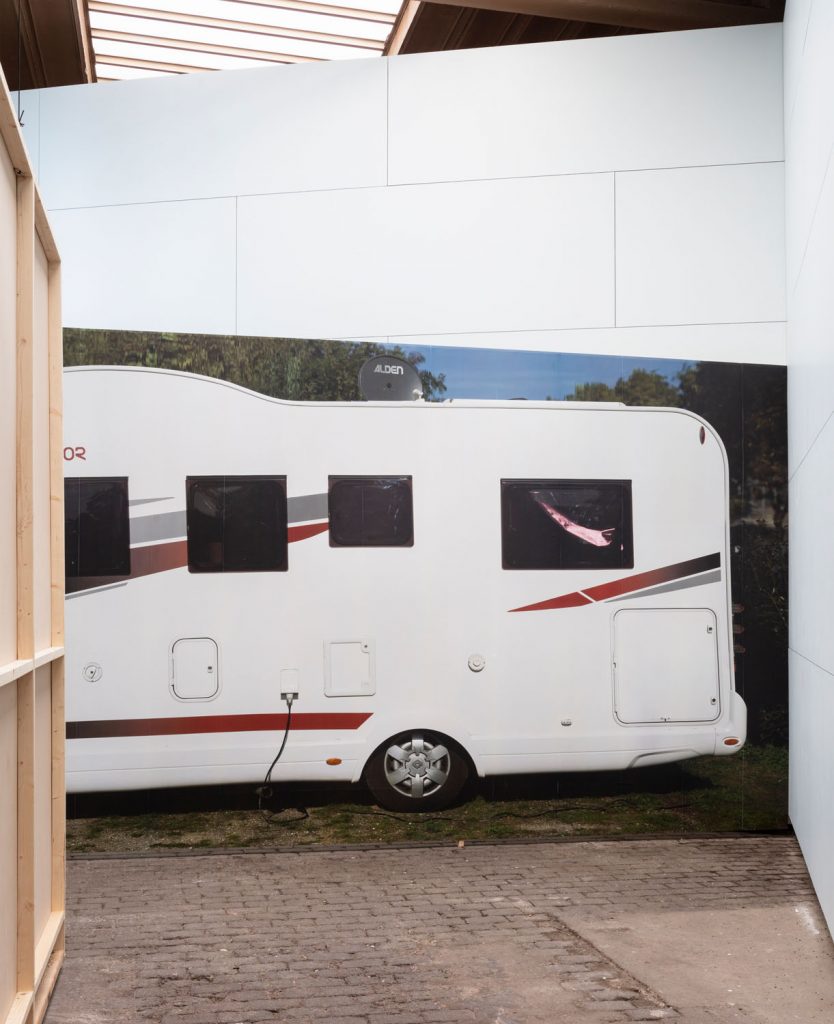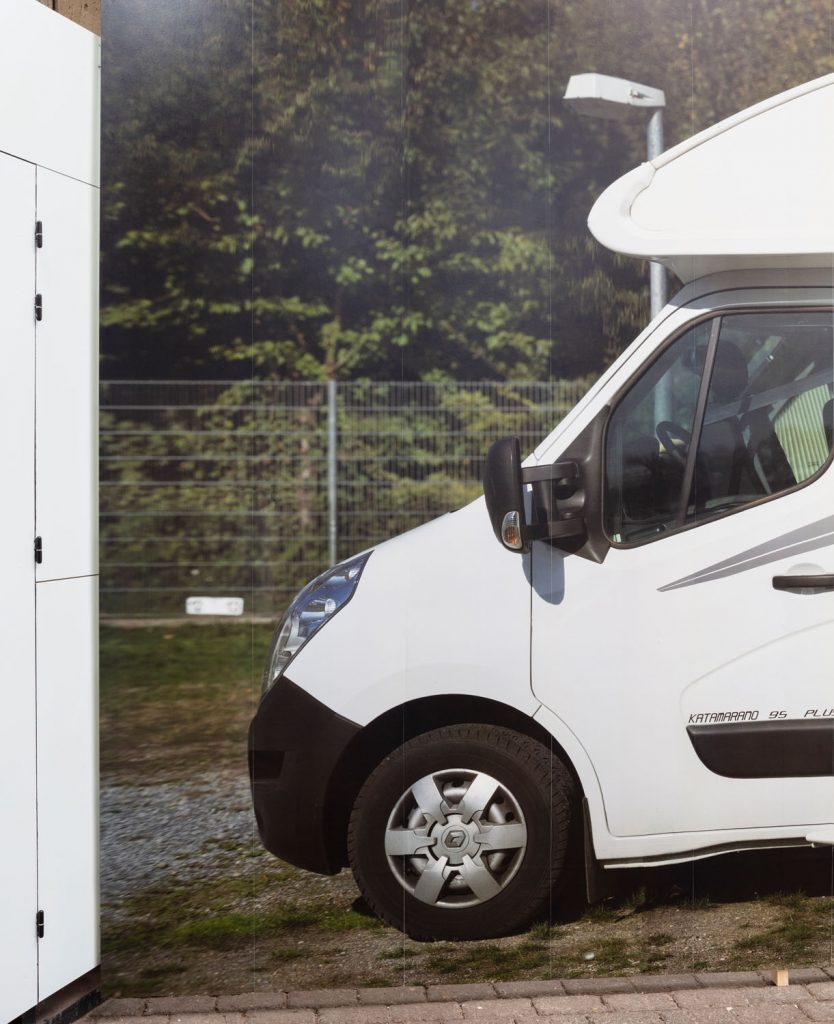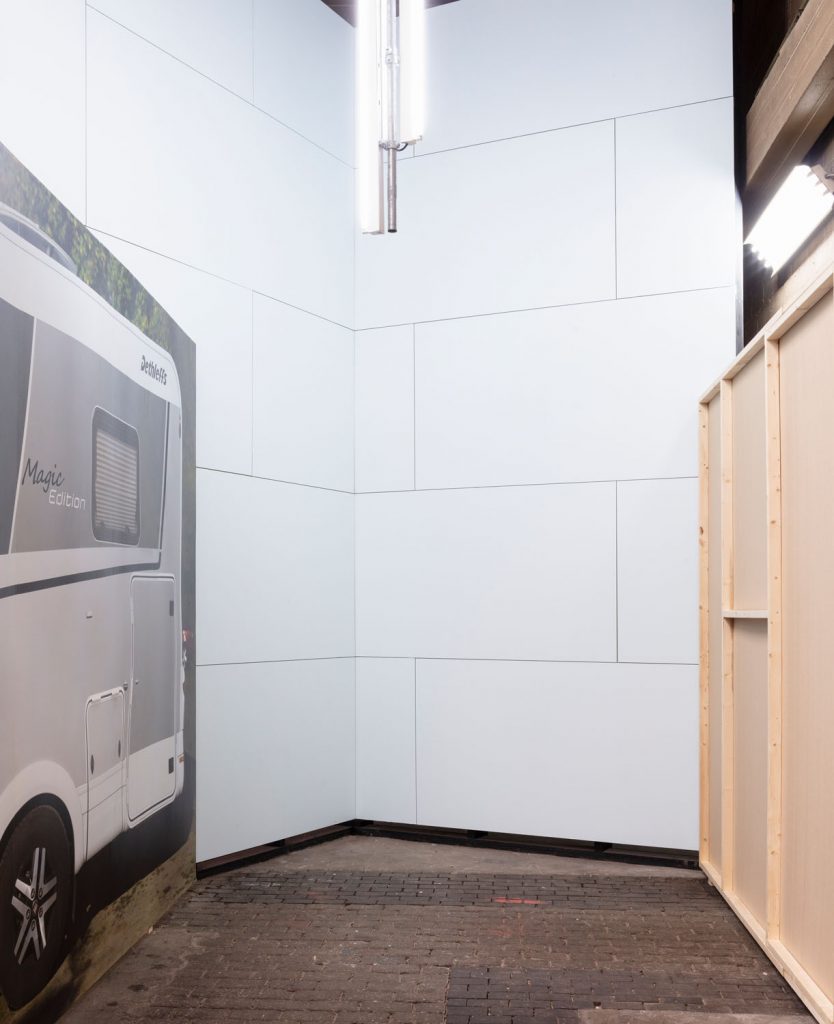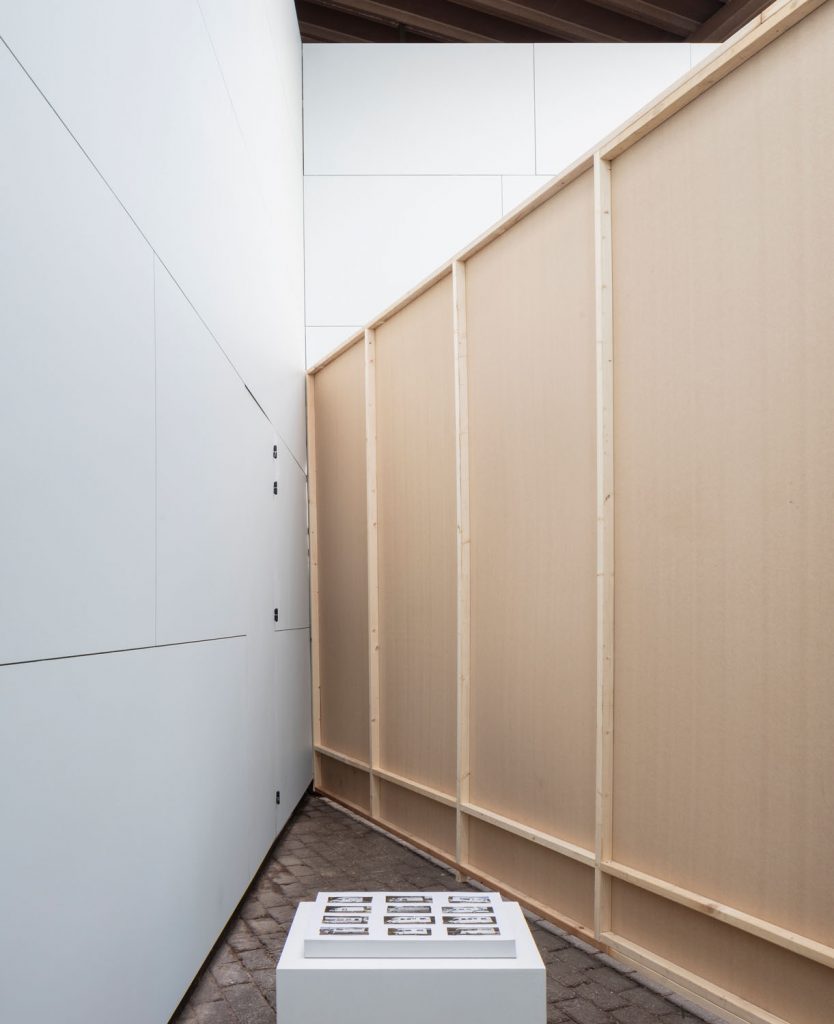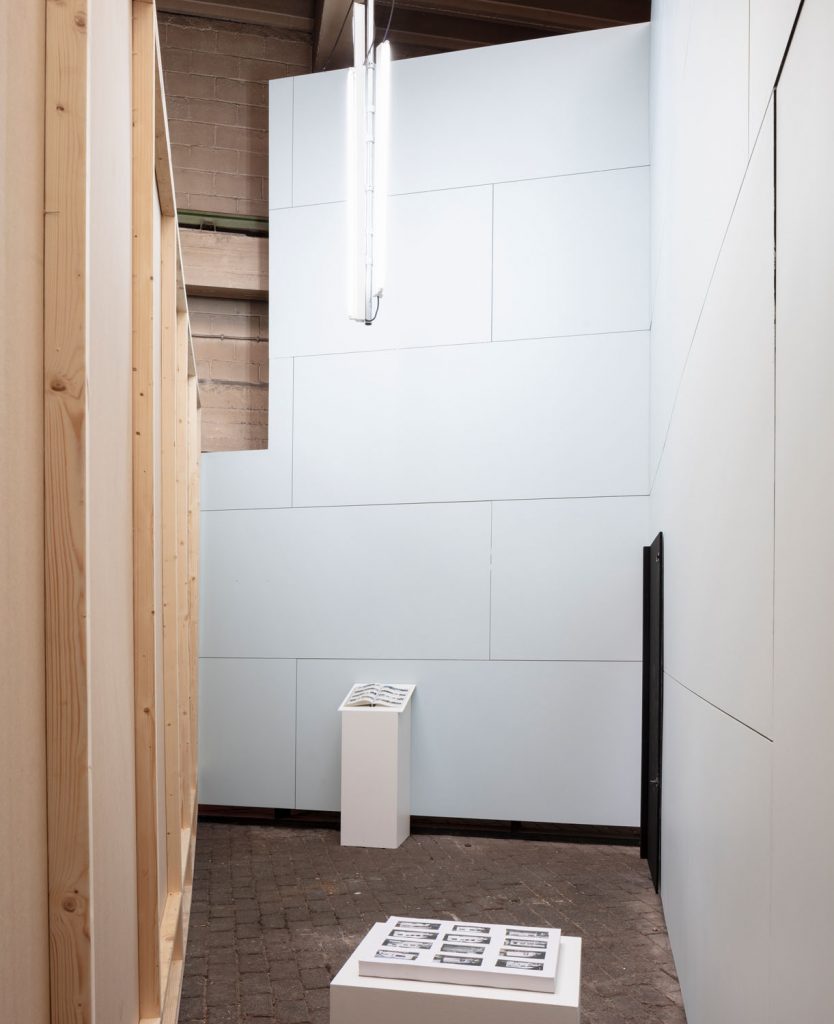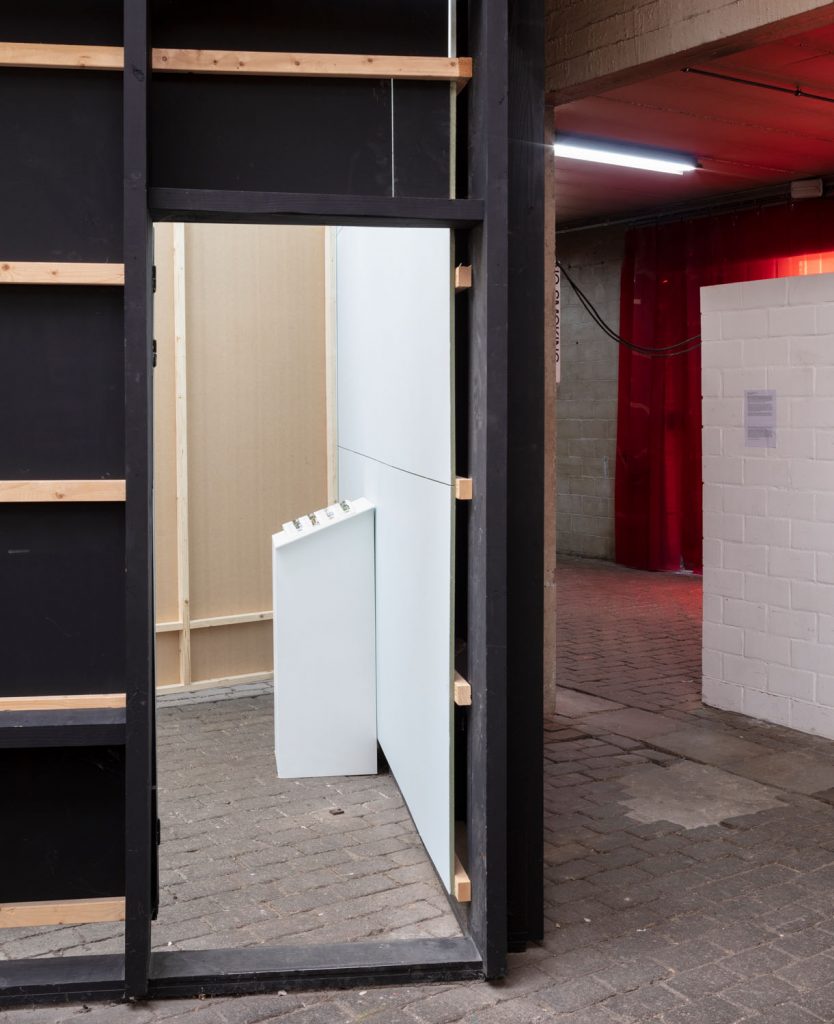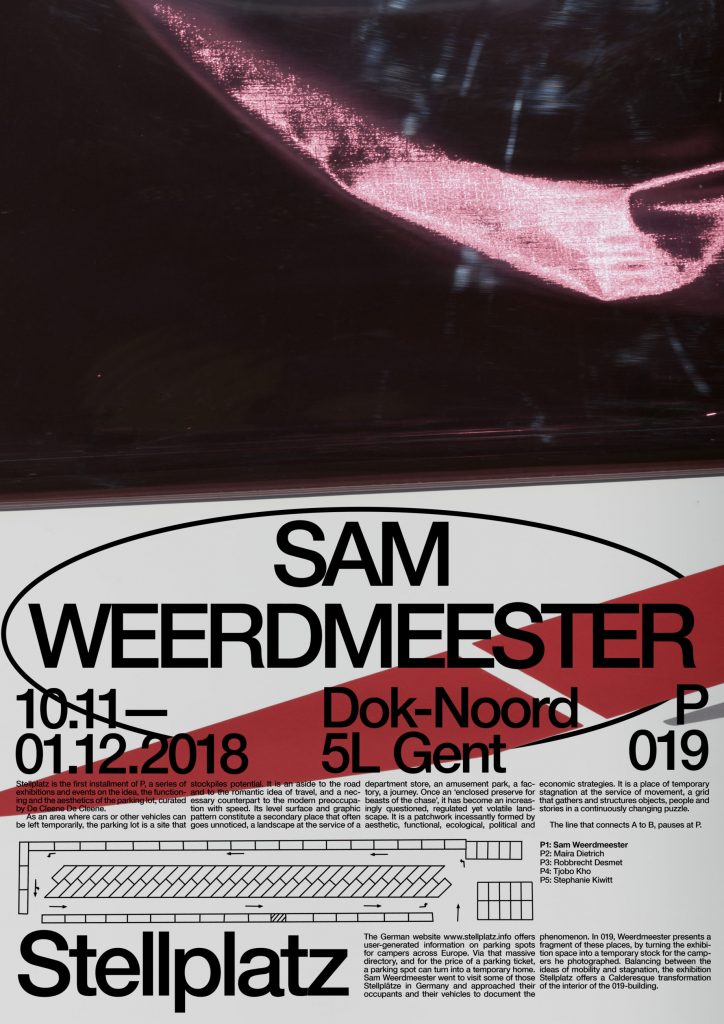P1: Sam Weerdmeester
Stellplatz
10/11/2018 – 01/12/2018
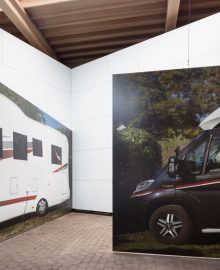
Opening: Sat. 10 Nov: 19-22h
The German website www.stellplatz.info offers user-generated information on parking spots for campers across Europe. Via that massive directory, and for the price of a parking ticket, a parking spot can turn into a temporary home. Sam Weerdmeester went to visit some of those Stellplätze in Germany and approached their occupants and their vehicles to document the phenomenon. In 019, Weerdmeester presents a fragment of these places, by turning the exhibition space into a temporary stock for the campers he photographed. Balancing between the ideas of mobility and stagnation, the exhibition Stellplatz offers a Calderesque transformation of the interior of the 019-building.
Sam Weerdmeester (1984, NL) is a photographer who documents subjects like houses, interiors, boats. His clear-cut photographs are usually devoid of the surface poetry photography is known and appreciated for. Rather he plays with a notion of confronting literalism. Weerdmeester outputs his work as (artist)books and websites mostly.
Opening hours:
Sun. 11 Nov: 13-17h
Sat. 17 Nov: 13-17h
Sat. 24 Nov: 13-17h
Sat. 1 Dec: 13-20h
(and upon request)
In addition, the exhibition can be seen every week from Thursday evening 21h to Saturday afternoon through the opened triangular door that connects Stellplatz to the adjacent parking lot.
Address: 019, Dok-Noord 5L, 9000 Gent
Stellplatz is the first installment of P, a series of exhibitions and events on the idea, the functioning and the aesthetics of the parking lot, curated by De Cleene De Cleene.
P1: Sam Weerdmeester – Stellplatz
P2: Maíra Dietrich
P3: Robbrecht Desmet
P4: Tjobo Kho
P5: Stephanie Kiwitt
As an area where cars or other vehicles can be left temporarily, the parking lot is a site that stockpiles potential. It is an aside to the road and to the romantic idea of travel, and a necessary counterpart to the modern preoccupation with speed. Its level surface and graphic pattern constitute a secondary place that often goes unnoticed, a landscape at the service of a department store, an amusement park, a factory, a journey. Once an ‘enclosed preserve for beasts of the chase’, it has become an increasingly questioned, regulated yet volatile landscape. It is a patchwork incessantly formed by aesthetic, functional, ecological, political and economic strategies. It is a place of temporary stagnation at the service of movement, a grid that gathers and structures objects, people and stories in a continuously changing puzzle.
The line that connects A to B, pauses at P.
